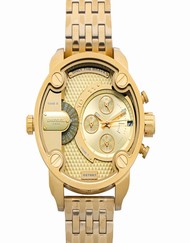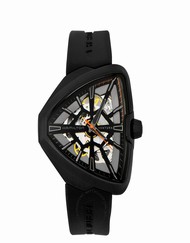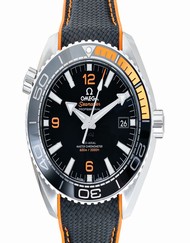Luxury Omega replica watches
Shopping Cart - 0 Item
You have no items in your shopping cart.
- REPLICA WATCHES
- Real Photo Watches
- Audemars Piguet
- Cartier
- Bvlgari
- Watches other brands
- NEWS WATCHES
- Contact Us
Menu
- HOME
- Audemars Piguet
- Bell & Ross
- Breitling
- Bvlgari
- Cartier
- Chopard
- Diesel
- Franck Muller
- Grand Seiko
- Hamilton
- Hublot
- IWC
- Jaeger Lecoultre
- Jaquet Droz
- Longines
- Maurice Lacroix
- MeisterSinger
- MIDO
- Montblanc
- Nomos Glashuette
- Omega
- Oris
- Panerai
- Patek Philippe
- Rado
- Richard Mille
- Seiko
- Sevenfriday
- SINN
- TAG Heuer
- Tissot
- Ulysse Nardin
- Zenith
- NEWS WATCHES
-
Home / -
Omega Replica / -
Omega Seamaster 231.13.43.52.06.001
Buy Replica Omega Seamaster 231.13.43.52.06.001 Watches
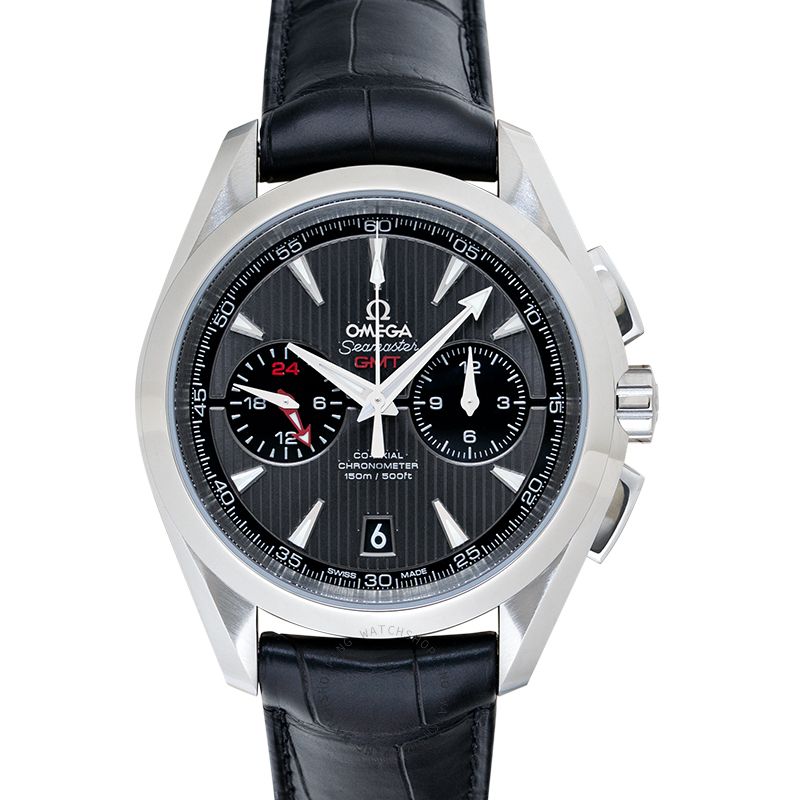
Omega Seamaster 231.13.43.52.06.001 Details
| INFORMATION | |
|---|---|
| BRAND | Omega |
| SERIES | Seamaster |
| MODEL | 231.13.43.52.06.001 |
| Gender | Mens |
| PRODUCED | - |
| DIAL | |
| TYPE | - |
| COLOUR | Black |
| FINISH | Luminiscence |
| INDEXES | Index |
| CASE | |
| MATERIAL | Stainless Steel |
| CRYSTAL | Sapphire |
| BACK | Skeleton |
| SHAPE | Round |
| DIAMETER | 43mm |
| HEIGHT | - |
| MOVEMENT | |
| CALIBRE | Omega Calibre 9605 |
| TYPE | Automatic |
| DIAMETER | - |
| JEWELS | - |
| RESERVE | 60 hours |
| Frequency | - |
| Time | Steel hour & minute?hands: Brushed finished top & polished faceted/tapered edges?with luminescent fill. |
| BAND | |
| BandMaterial | Alligator Leather |
| FEATURES | |
| WATER RESISTANCE | 150 m |
| STYLE | Luxury Watches |
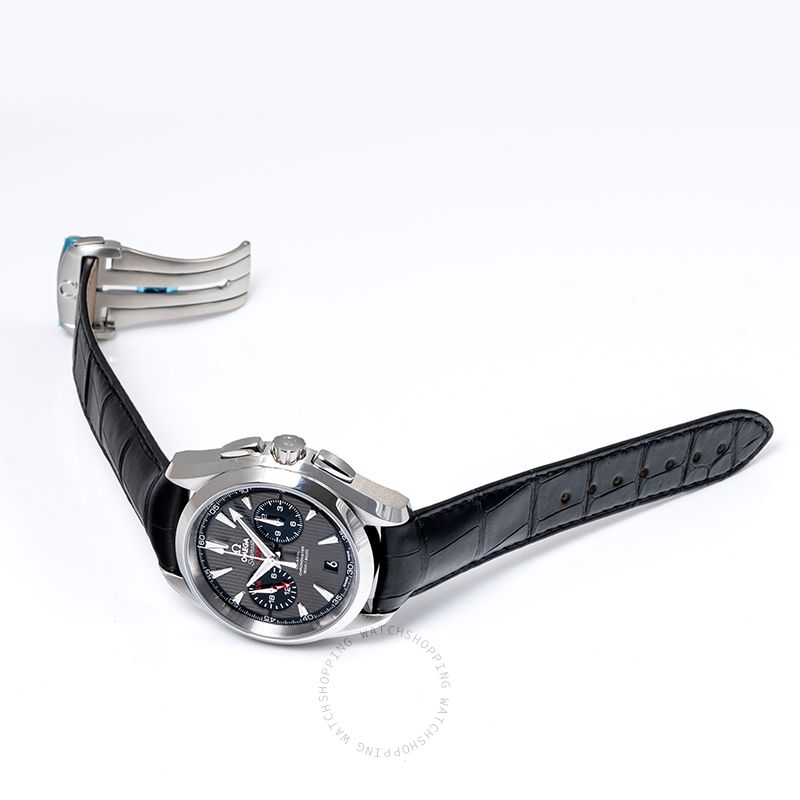
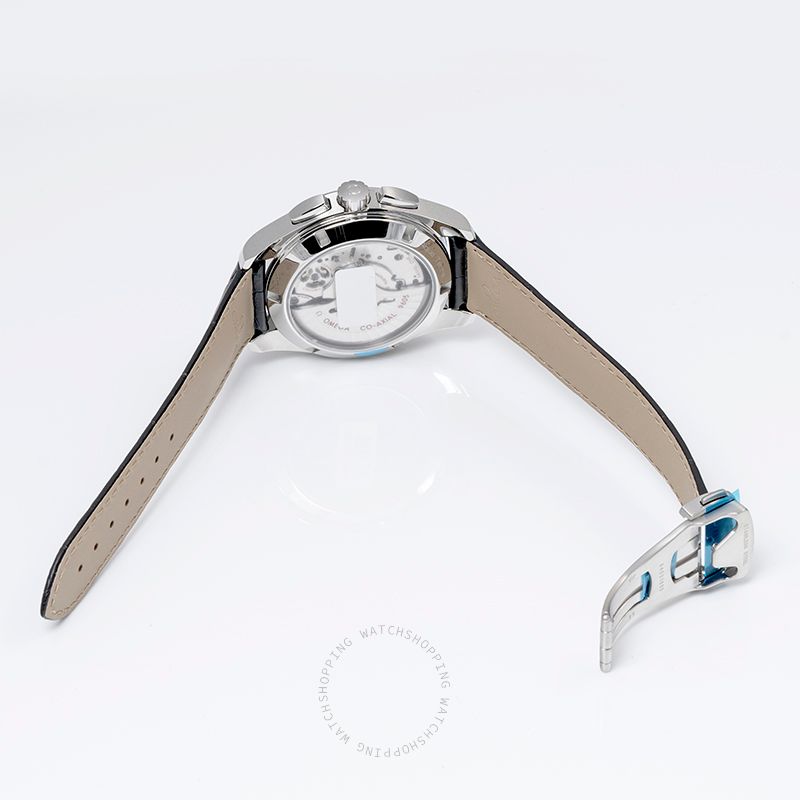
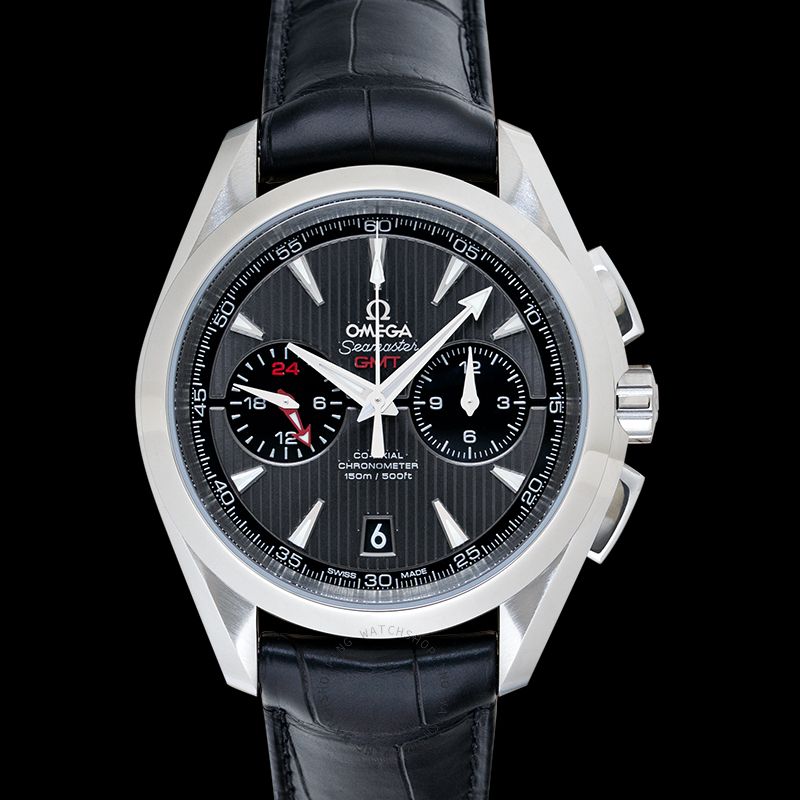
comments
- Great Seller...will do business again!
 [Rating:(5 / 5 stars)]
[Rating:(5 / 5 stars)]- Review by Hung Huynh USA South Yarmouth, Ma. from Netherlands Purmerend
- Thanks so much! A++++++
 [Rating:(5 / 5 stars)]
[Rating:(5 / 5 stars)]- Review by Kristina Khut United States Tulsa, Ok from Netherlands Purmerend
Watches NEWS
Audemars Piguet Royal Oak Offshore Selfwinding Tourbillon Chronograph for Watches & Wonders - Monochrome Watches
In 2011 Audemars Piguet introduced the first Royal Oak Offshore Selfwinding Tourbillon Chronograph. It was introduced in a carbon case, a daring choice from Audemars Piguet to introduce a tourbillon chronograph in the big Offshore, and even go for a carbon case instead of precious metal. For the upcoming Watches & Wonders fair, in Hong Kong, Audemars Piguet redesigned the watch to reveal the peripheral rotor mechanism on the dial. In 1993 Audemars Piguet introduced the Royal Oak Offshore, the Royal Oak’s more muscular sibling. Best known is the Offshore Chronograph (6 new versions have been introduced earlier this year) and the Offshore Diver. Maybe not the first thing to expect when you see this very robust and sporty watch, but it has also hosted a variety of complications, from an Annual Calendar to a Grand Complication. The first Royal Oak Offshore Tourbillon Chronograph was released in 2010. It came in a forged carbon case and featured a manually-wound movement inside. I
In 2011 Audemars Piguet introduced the first Royal Oak Offshore Selfwinding Tourbillon Chronograph. It was introduced in a carbon case, a daring choice from Audemars Piguet to introduce a tourbillon chronograph in the big Offshore, and even go for a carbon case instead of precious metal. For the upcoming Watches & Wonders fair, in Hong Kong, Audemars Piguet redesigned the watch to reveal the peripheral rotor mechanism on the dial. In 1993 Audemars Piguet introduced the Royal Oak Offshore, the Royal Oak’s more muscular sibling. Best known is the Offshore Chronograph (6 new versions have been introduced earlier this year) and the Offshore Diver. Maybe not the first thing to expect when you see this very robust and sporty watch, but it has also hosted a variety of complications, from an Annual Calendar to a Grand Complication. The first Royal Oak Offshore Tourbillon Chronograph was released in 2010. It came in a forged carbon case and featured a manually-wound movement inside. I
Patek Philippe 5303R Minute Repeater Tourbillon (Price)
Last year at Patek's Watch Art Grand Exhibition Singapore 2019, the brand unveiled its Minute Repeater Tourbillon Singapore, an elaborate minute repeater and tourbillon complication designed for Singaporean collectors and limited to just 12 pieces. To cater to local tastes, the flange of the dial was picked out in red and the flange for the hours and minutes was printed with stars to evoke the stars of Singapore's flag. Today the brand launches a similar watch to join its permanent collection with a new colour scheme, its first minute repeater with the striking mechanism on the dial side. Meet the new Patek Philippe 5303R Minute Repeater Tourbillon.Patek Philippe made its first minute repeater in 1845, just six years after the brand was founded in Geneva. Coinciding with its 175th anniversary in 2014, Patek showcased its prowess for this complication with the Grandmaster Chime and its five chiming functions. Five years later, a steel version of the Grandmaster Chime was auctioned at On
Last year at Patek's Watch Art Grand Exhibition Singapore 2019, the brand unveiled its Minute Repeater Tourbillon Singapore, an elaborate minute repeater and tourbillon complication designed for Singaporean collectors and limited to just 12 pieces. To cater to local tastes, the flange of the dial was picked out in red and the flange for the hours and minutes was printed with stars to evoke the stars of Singapore's flag. Today the brand launches a similar watch to join its permanent collection with a new colour scheme, its first minute repeater with the striking mechanism on the dial side. Meet the new Patek Philippe 5303R Minute Repeater Tourbillon.Patek Philippe made its first minute repeater in 1845, just six years after the brand was founded in Geneva. Coinciding with its 175th anniversary in 2014, Patek showcased its prowess for this complication with the Grandmaster Chime and its five chiming functions. Five years later, a steel version of the Grandmaster Chime was auctioned at On
All you need to know about Dive Watches - Monochrome Watches
Paris, 1867 – The Rouquayrol-Denayrouze diving apparatus wins a gold medal at the Universal exhibition. Among the visitors of the international exhibition was Jules Verne. A few months later, he incorporated this diving apparatus in his novel 20000 Leagues Under The Sea, as part of the equipment of the Nautilus divers. At that time, watches were protected against shocks, dust or moisture by being placed in the breast pocket of jackets. However, in the late 19th?century, watches started to be worn on the wrist, principally for military use (before the fashion spread). Strapped to the arm, watches became exposed to all manner of hazards. The need for hermetically sealed watches, resistant to the ingress of dust and water, became a necessity, thus speeding the evolution of the waterproof watch. Later, in 1942/1943, Emile Gagnan and Jacques-Yves Cousteau worked on the Aqualung, the first Self Contained Underwater Breathing Apparatus (a.k.a. SCUBA), to reach worldwide commercial succe
Paris, 1867 – The Rouquayrol-Denayrouze diving apparatus wins a gold medal at the Universal exhibition. Among the visitors of the international exhibition was Jules Verne. A few months later, he incorporated this diving apparatus in his novel 20000 Leagues Under The Sea, as part of the equipment of the Nautilus divers. At that time, watches were protected against shocks, dust or moisture by being placed in the breast pocket of jackets. However, in the late 19th?century, watches started to be worn on the wrist, principally for military use (before the fashion spread). Strapped to the arm, watches became exposed to all manner of hazards. The need for hermetically sealed watches, resistant to the ingress of dust and water, became a necessity, thus speeding the evolution of the waterproof watch. Later, in 1942/1943, Emile Gagnan and Jacques-Yves Cousteau worked on the Aqualung, the first Self Contained Underwater Breathing Apparatus (a.k.a. SCUBA), to reach worldwide commercial succe
Introducing: Jaeger-LeCoultre Master Ultra Thin Tourbillon Enamel
Jaeger-LeCoultre‘s Master Thin collection is home to sophisticated, understated, ultra-thin dress watches ranging from time-and-date to moon phase models and more complex proposals like tourbillons and perpetual calendars. Offered with understated beige or sunray decorated dials, JLC introduced metiers d’art dials to the collection at the end of 2018. First appearing on the Master Ultra Thin Moon model, the hand-guilloche dial added a further touch of sophistication, making its way over to the more complicated models. The latest hand-guilloche dial to emerge from JLC’s Metiers Rares Atelier appears on the pink gold Master Ultra Thin Tourbillon Enamel model in a beguiling new shade of blue.Capturing the light with every movement of the wrist, the hand-guilloche pattern on the dial is composed of 180 sun rays radiating from the dial’s centre to the edges. Ensuring that every ray is absolutely straight, evenly spaced and aligned, the master guillocheur requires gre
Jaeger-LeCoultre‘s Master Thin collection is home to sophisticated, understated, ultra-thin dress watches ranging from time-and-date to moon phase models and more complex proposals like tourbillons and perpetual calendars. Offered with understated beige or sunray decorated dials, JLC introduced metiers d’art dials to the collection at the end of 2018. First appearing on the Master Ultra Thin Moon model, the hand-guilloche dial added a further touch of sophistication, making its way over to the more complicated models. The latest hand-guilloche dial to emerge from JLC’s Metiers Rares Atelier appears on the pink gold Master Ultra Thin Tourbillon Enamel model in a beguiling new shade of blue.Capturing the light with every movement of the wrist, the hand-guilloche pattern on the dial is composed of 180 sun rays radiating from the dial’s centre to the edges. Ensuring that every ray is absolutely straight, evenly spaced and aligned, the master guillocheur requires gre
Testing the Oris Aquis Depth Gauge - Underwater Testing Video - Monochrome Watches
Back in February of this year we already showed you, what is probably the most simple yet smart mechanical depth gauge in a dive watch. Ever. Period. The Oris Aquis Depth Gauge features a brilliantly simple glass tube with one opening that allows water to enter. How far the water penetrates in the tube, depends on the pressure and thus on the depth. Simple as that, but does it really work?That’s a question that our new partners from Chronos / Watch Time also asked themselves. They had the chance to test the Oris Aquis Depth Gauge in its natural habitat and recorded a video (see above) of that test. Naturally we already explained every technical detail of this brilliant dive watch – check here for the full explanation -, but these test results complete the picture that we have of it. Since the video is in German, we will translate the findings for you. Ad - Scroll to continue with article
Back in February of this year we already showed you, what is probably the most simple yet smart mechanical depth gauge in a dive watch. Ever. Period. The Oris Aquis Depth Gauge features a brilliantly simple glass tube with one opening that allows water to enter. How far the water penetrates in the tube, depends on the pressure and thus on the depth. Simple as that, but does it really work?That’s a question that our new partners from Chronos / Watch Time also asked themselves. They had the chance to test the Oris Aquis Depth Gauge in its natural habitat and recorded a video (see above) of that test. Naturally we already explained every technical detail of this brilliant dive watch – check here for the full explanation -, but these test results complete the picture that we have of it. Since the video is in German, we will translate the findings for you. Ad - Scroll to continue with article
Related Products
Contact
Mailing Address
-
1705 NE 163rd St, North Miami Beach, FL 33162 Florida
-
Customer Care is here for you. To inquire about the watches and services found on our website. We are happy to service for you.
Contact our E-mail:watchestrade.watch@gmail.com

loading...






